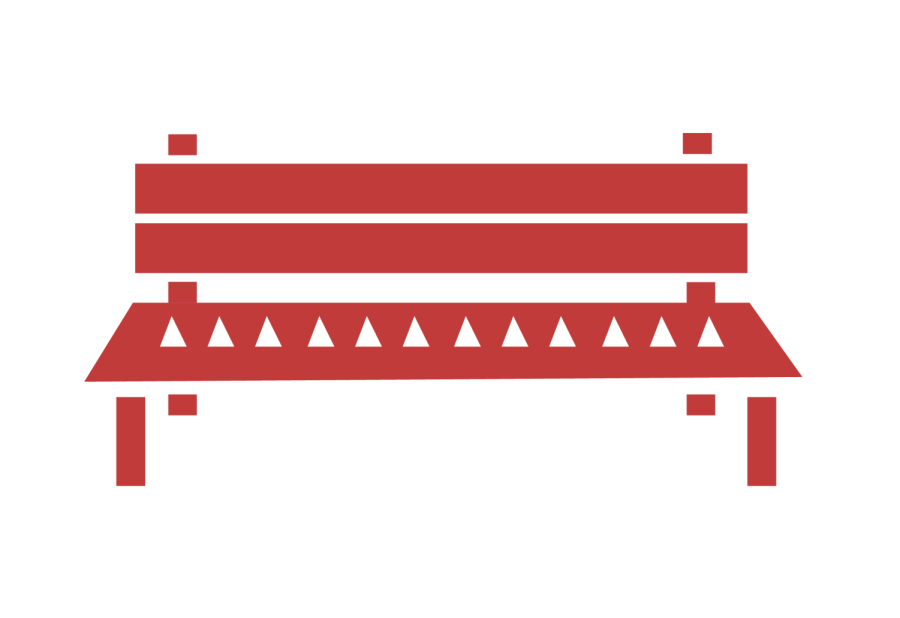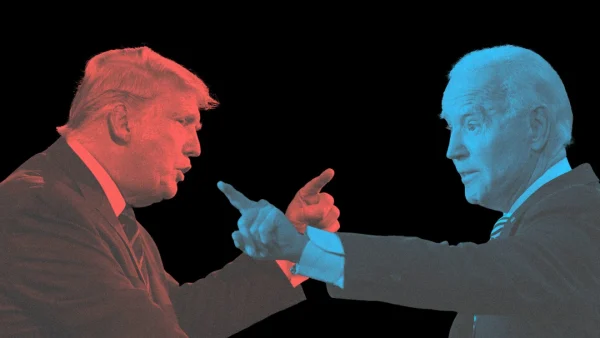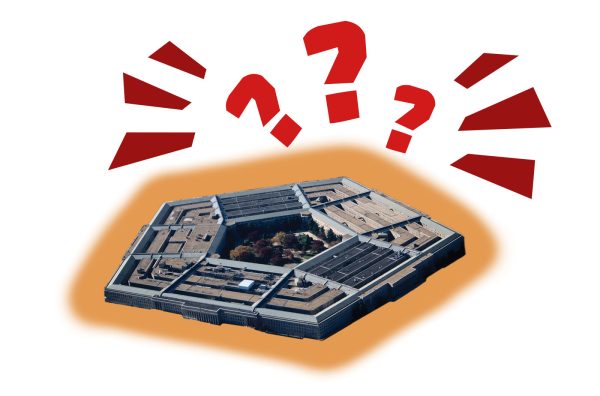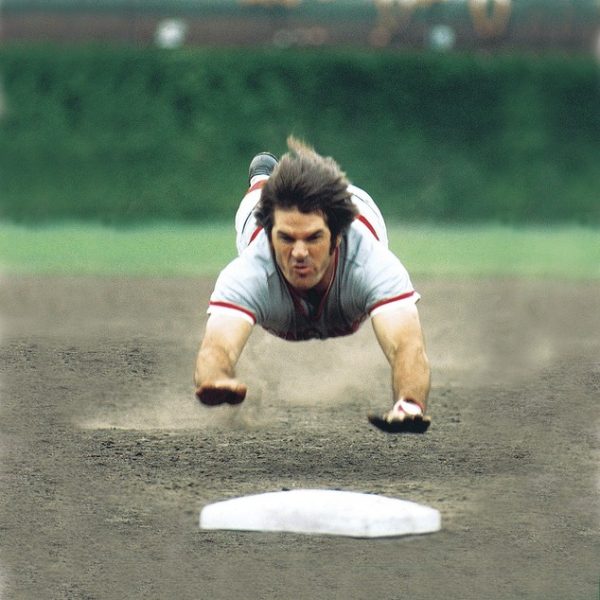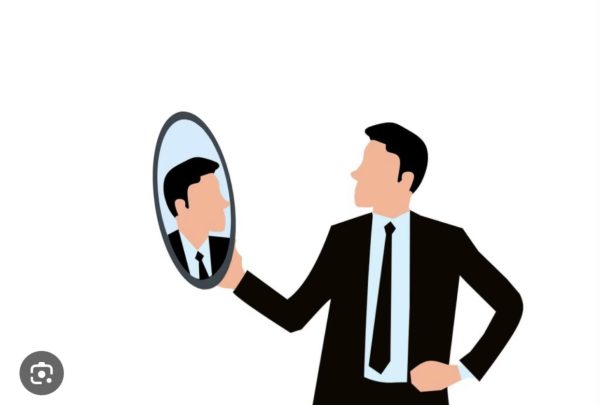The brutal nature of hostile infastructure
With the winter season approaching, many people begin to think of the holiday season, ice-skating or sledding. However, the cold weather that brings happy memories to some may be a death sentence for others. Houselessness is an ever-increasing fixture in urban America and has been increasing rapidly. City governments often do very little to help alleviate the issue, or more commonly, outrightly make things worse. Rather than provide resources for people who are struggling, local governments prioritize wealthy citizens while implementing hostile architecture. Hostile architecture, also known as anti-homeless architecture, are infrastructures such as spikes, bars or any other devices with the purpose of impeding people from using a space for temporary housing. Examples might include bars on city benches, uneven ground or even spikes that prevent people from seeking even a little bit of shelter. These practices are unnecessarily cruel and do very little to resolve the issue.
Houselessness is on the rise. Much of the economy is still in shambles post-pandemic. Coupled with inflation, many people are left not being able to afford basic necessities. Rather than aid people whose living conditions were devastated by the pandemic, many city governments took to hostile architecture to make lives of unhoused people more difficult than they already are. Keeping off of the ground is important in the daily lives of people facing houselessness since the concrete drops body temperature.
Removing benches, placing spikes or adding other barriers puts people’s well-being and safety at risk. In a piece for the New York Times, Winnie Hu elaborates further, “that such measures are unnecessary and disproportionately target vulnerable populations.” Hostile designs also affect both the elderly as well as those with accessibility concerns as it makes the world harder to navigate. Not having places to sit and enjoy oneself can be a deterrent for many, not just unhoused people.
The depravity that goes along with implementing these policies that torment the lives of society’s most marginalized group is simply astounding. When discussing how city workers lock restrooms in public parks, which limits the spaces houseless people can relieve themselves, the author Sasha Plotnikova notes that, “The values that underpin such moves have increasingly calibrated towards a militant reverence of private property, in a trademark tendency of neoliberal policies that have entrenched themselves in all levels of U.S. government since the 1970s.”
This notion highlights that in the United States, property is often placed in higher regard than the lives of those on the margins. The most glaring example was during the Black Lives Matter protests of 2020, where much of the outrage came not from an innocent man being killed in broad daylight, but rather that buildings were looted or destroyed. On a much smaller scale, people are uncomfortable with the realities that unhoused people have to experience, but instead of providing resources to help ease their lives, the current “solution” is to push them out of sight. This mentality denies the basic human dignity of displaced people and dehumanizes them based solely on their socioeconomic status. These devious policies only seek to harm and demonize unhoused people, all the while neglecting the systemic issues that can actually create positive long-term change.
Despite hostile architecture being a prominent issue, the focus should not stop there. The United States is the wealthiest country in the world, yet still struggles to adequately protect all of its citizens. Emphasis is often placed on philanthropic or religious organizations to set up shelters, but even these fall short of meeting the massive demand that is present. In a report, National Homeless Mortality Overview notes an estimated 17,500 to 46,500 unhoused people died in 2018 with at least 5,800 being confirmed. To solve this, the United States needs to reevaluate its priorities. Spending hundreds of billions of dollars on the defense budget, yet claiming to be unable to provide adequate resources for unhoused people is shameful. Houselessness in the United States is a representation of cowardliness and apathy towards individuals who, at the end of the day, are no much more different than us.
Hostile architecture is specifically designed to generate agony for the most vulnerable under the guise of protecting public spaces from the public. The barbarous practice only increases suffering while providing no benefit to others. Subsequently, this cannot be the end of the conversation. There are ample funds to reduce the poverty crisis if only the people can get together to realize this. Hostile architecture is a blemish to our country that must be amended so that people can live their lives freely.
Your donation will support the student journalists of Saint Louis University. Your contribution will help us cover our annual website hosting costs.


